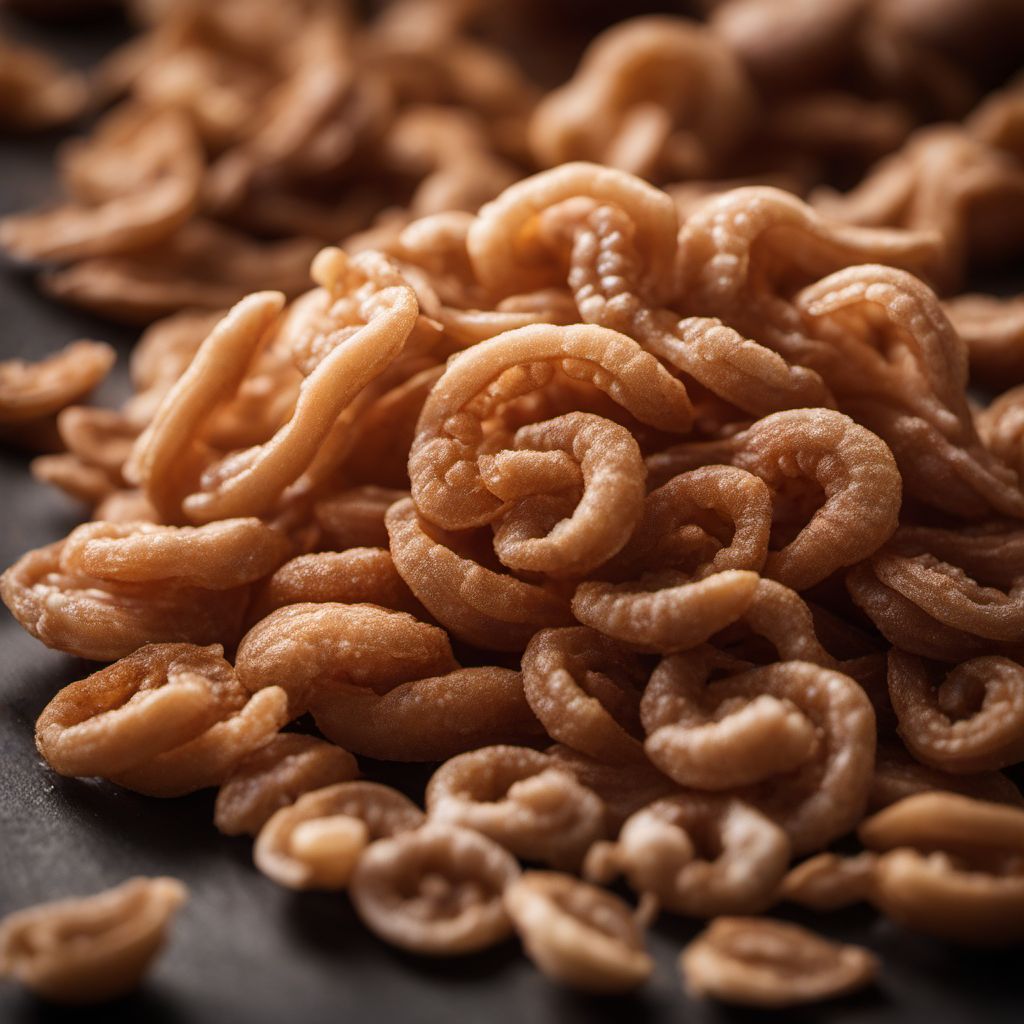
Ingredient
Dried cephalopods
Ocean's Delicacy
Dried cephalopods have a distinct chewy texture and a rich, savory flavor known as umami. They can range in size and color, with squid typically being smaller and lighter in color compared to octopus. When rehydrated, they become tender and take on the flavors of the dish they are cooked in.
Origins and history
Dried cephalopods have been a staple in Asian cuisines for centuries, particularly in countries like Japan, China, and Korea. They are commonly used in dishes such as stir-fries, soups, stews, and sushi. In Japanese cuisine, dried squid is often enjoyed as a snack or paired with alcoholic beverages.
Nutritional information
Dried cephalopods are a good source of protein, vitamins, and minerals. They are low in fat and calories, making them a healthy addition to meals. However, they can be high in sodium, so individuals on a low-sodium diet should consume them in moderation.
Allergens
Dried cephalopods, particularly squid, may cause allergic reactions in individuals with shellfish allergies. It is important to read labels and consult with a healthcare professional if unsure.
How to select
When purchasing dried cephalopods, look for products that are whole, intact, and free from signs of moisture or mold. The texture should be firm and not overly brittle. Opt for reputable brands or sources to ensure quality and freshness.
Storage recommendations
To maintain the freshness and quality of dried cephalopods, store them in an airtight container in a cool, dry place away from direct sunlight. Proper storage will help prevent moisture absorption and maintain their texture and flavor for an extended period.
How to produce
Dried cephalopods are typically harvested from the ocean, making them difficult to produce on an amateur level. However, some individuals may attempt to dry their own squid or octopus at home using specialized equipment and following proper food safety guidelines.
Preparation tips
Before using dried cephalopods, they need to be rehydrated. Soak them in water or broth for a few hours until they become tender. They can then be added to stir-fries, soups, stews, or grilled for a smoky flavor. Dried squid can also be enjoyed as a snack or used as a topping for rice dishes and noodles.
Culinary uses
Dried cephalopods are commonly used in Asian cuisines, including dishes like stir-fried calamari, takoyaki (octopus balls), squid ink pasta, and sushi rolls. They can also be added to soups, stews, and hot pots for added flavor and texture.
Availability
Dried cephalopods are widely available in Asian markets, specialty grocery stores, and online retailers. They are commonly found in countries like Japan, China, Korea, and Thailand.
More ingredients from this category
Recipes using Dried cephalopods » Browse all

Balkan Seafood Pizza
Mediterranean Delight: Balkan Seafood Pizza
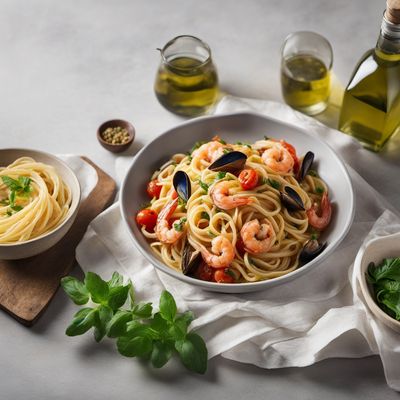
Scialatielli all’Amalfitana
Amalfi Coast Delight: Scialatielli Pasta with Fresh Seafood

Salade Côte Cap Verte
Savory Senegalese Seafood Salad
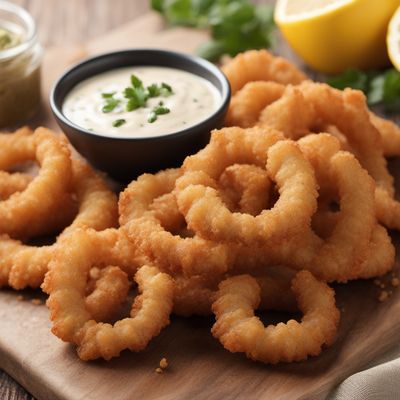
Crispy Calamari Bites
Savory Seafood Delight: Crispy Calamari Bites
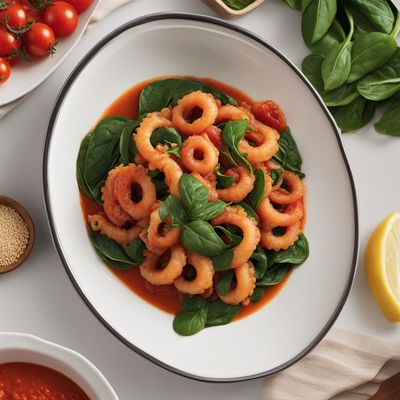
Calamari in Zimino with Tomato and Spinach Sauce
Savory Delight: Tender Calamari in Tomato and Spinach Zimino
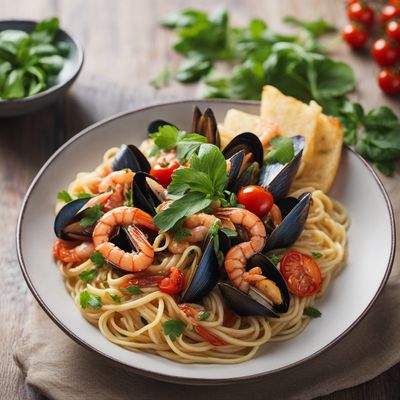
Italian-style Seafood Pasta
Mediterranean Delight: Italian-style Seafood Pasta

Stuffed Calamari - A Taste of Maltese Delight
Mediterranean Stuffed Calamari: A Burst of Maltese Flavors

Corsican-style Salt and Pepper Calamari
Crispy Calamari with a Corsican Twist

Stuffed Squid in Chiapas Style
Squid Delight: A Taste of Chiapas

Grilled Calamari with Spicy Peanut Sauce
Savory Grilled Calamari Delight
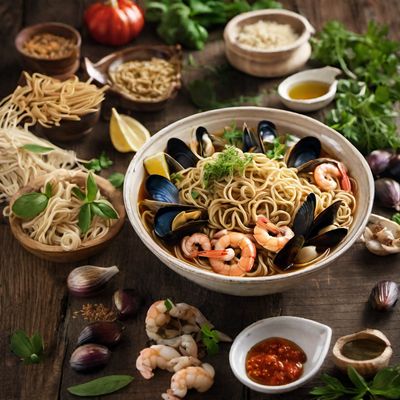
Mediterranean Ramen
Mediterranean Sea Ramen
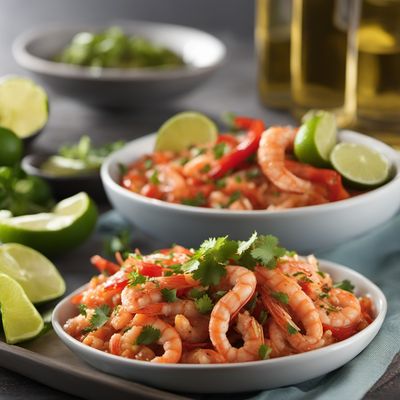
Mexican-American Style Seafood Jalea
Crispy Seafood Fiesta: Mexican-American Style Jalea